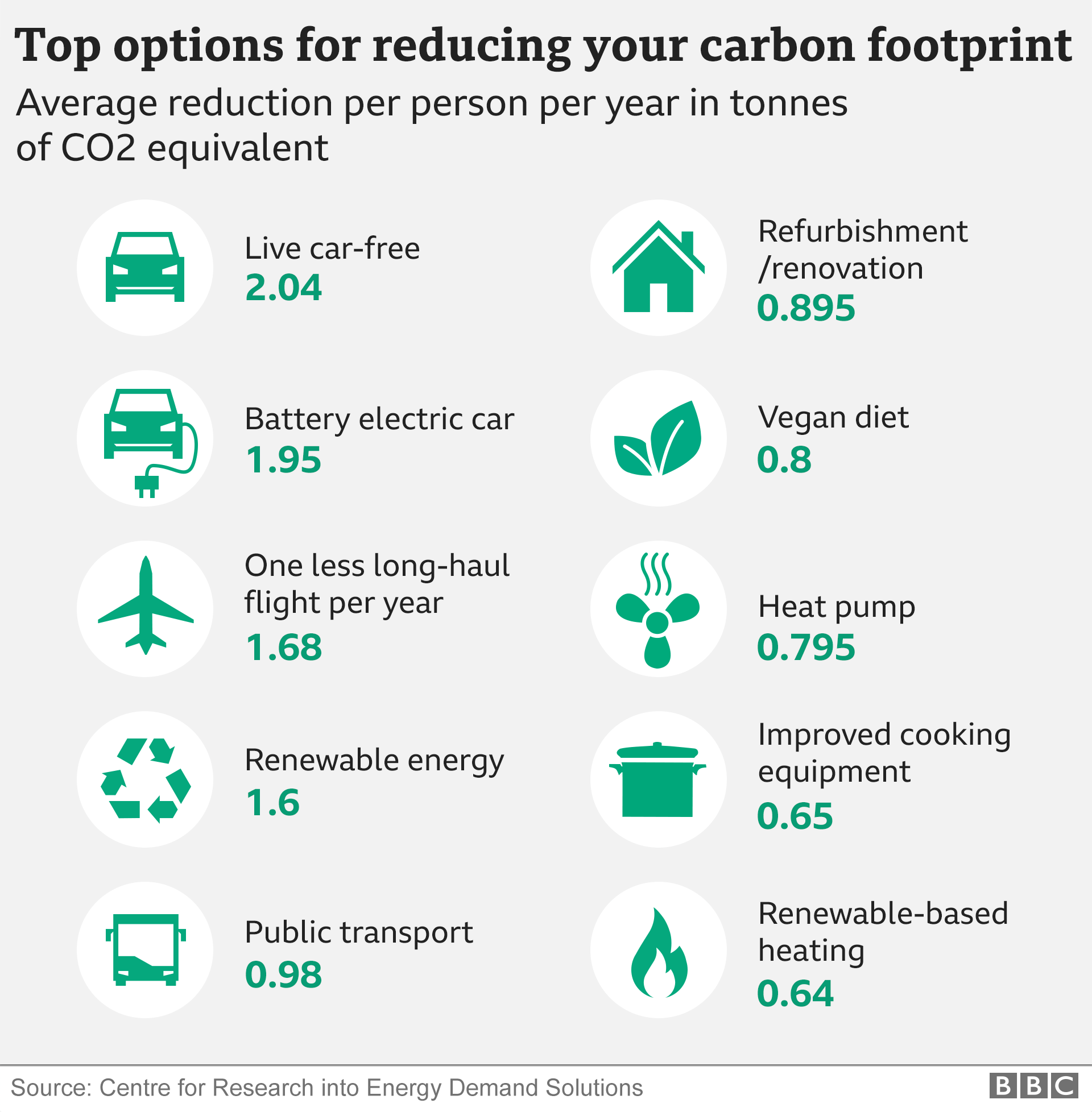Adopting a sustainable lifestyle is an essential step toward mitigating climate change and fostering environmental health. It can be approached through a variety of practical, manageable actions that individuals can take in their daily lives. Below, we outline key strategies to create a sustainable lifestyle based on insights from multiple sources.
Reducing Carbon Footprint

One of the most significant ways to work towards sustainability is by minimizing your carbon footprint. This can be accomplished through both lifestyle adjustments and by choosing appropriate technologies. According to a recent report, major contributors to personal carbon emissions are how we heat our homes, travel, and what we eat. Focusing on these areas can lead to substantial reductions in emissions.
Transportation Alternatives

Reducing car usage can result in significant decreases in carbon emissions. Living car-free saves an average of 2.04 tonnes of CO2 equivalent per person annually. Alternatives such as cycling, walking, carpooling, and using public transport are more sustainable ways to navigate daily commutes. Opting for electric vehicles when a car is necessary also contributes to lower emissions[1][5].
Energy Efficient Homes

Improving home energy efficiency is another avenue for lowering your carbon footprint. Minor adjustments like sealing drafts, using LED lightbulbs, and maintaining a thermostat at a lower setting can greatly impact energy consumption. Switching to appliances that utilize renewable energy sources, such as heat pumps, can further enhance energy efficiency and effectiveness[1][3][8].
Sustainable Eating Habits

Diet is a substantial factor in personal carbon emissions, as food production is associated with significant greenhouse gas emissions. Transitioning to a more plant-based diet can reduce an individual’s carbon footprint by as much as 0.8 tonnes of CO2e annually. This can be as simple as participating in initiatives like Meatless Mondays or simply choosing plant-based meals more frequently[9][10].
Moreover, reducing food waste is crucial, as it accounts for about 8–10% of global greenhouse gas emissions. Practical steps include planning meals ahead, freezing surplus food, and composting scraps[10]. Buying locally sourced and seasonal foods not only supports local economies but also minimizes the environmental impact associated with long-distance transportation of goods[5][7].
Embracing Sustainable Fashion
The fashion industry has a profound impact on the environment, contributing around 8–10% of global emissions. Individuals can reduce their environmental footprint by opting for second-hand clothing, avoiding fast fashion, and choosing durable, high-quality garments that last longer. A mindset shift towards using what you already own—often referred to as 'shopping your wardrobe'—can promote sustainability while also supporting personal finance[3][7][10].
Reducing Waste

Waste reduction is integral to a sustainable lifestyle. Single-use plastics contribute enormously to pollution, with effective strategies including using reusable bags, bottles, and containers[5][7]. Additionally, adopting practices like recycling and upcycling can further minimize waste. Engaging in a zero-waste lifestyle is also advisable, where you aim to generate little to no waste through conscious purchasing and mindful consumption[2][5].
Composting

Composting is a practical method to manage organic waste. By composting food scraps and yard waste, individuals can significantly decrease the amount of waste that ends up in landfills while simultaneously enriching garden soil. Starting a compost bin can be both eco-friendly and cost-effective, enriching the home’s gardening efforts[5][8][10].
Mindful Consumption and Purchasing Decisions
Being conscientious about purchasing decisions can have a ripple effect on environmental sustainability. Supporting brands that prioritize sustainable practices and avoiding companies that engage in environmentally harmful activities are vital steps[3][5]. Taking the time to understand product sourcing, packaging, and manufacturing processes can influence broader changes within the market.
Actions to Consider
Some practical actions individuals can take include:
Investing in energy-efficient appliances labeled as 'Energy Star' or similar, which consume less energy than standard models[10].
Practicing conscious consumption by considering the lifespan of products before purchasing: ask whether the item will be useful long-term[2][9].
Participating in local sustainability initiatives or community clean-up events to promote environmental awareness[7][10].
Advocacy and Political Engagement
Beyond individual actions, systemic change is essential. Engaging in advocacy by voting for policies that support renewable energy, conservation efforts, and reduced fossil fuel reliance is crucial. When individuals voice their concerns to representatives and participate in community discussions, collective action emerges, leading to more significant changes[3][10].
Conclusion
Creating a sustainable lifestyle is both a personal journey and a collective responsibility. By implementing these strategies—reducing carbon emissions through lifestyle changes, embracing sustainable diets, promoting waste reduction, making informed purchasing decisions, and engaging in advocacy—individuals can contribute to a resilient and healthier planet. The cumulative impact of these small actions can lead to substantial environmental benefits and inspire others to make similar choices, fostering a broader cultural shift towards sustainability.
Get more accurate answers with Super Pandi, upload files, personalized discovery feed, save searches and contribute to the PandiPedia.
Let's look at alternatives:
- Modify the query.
- Start a new thread.
- Remove sources (if manually added).